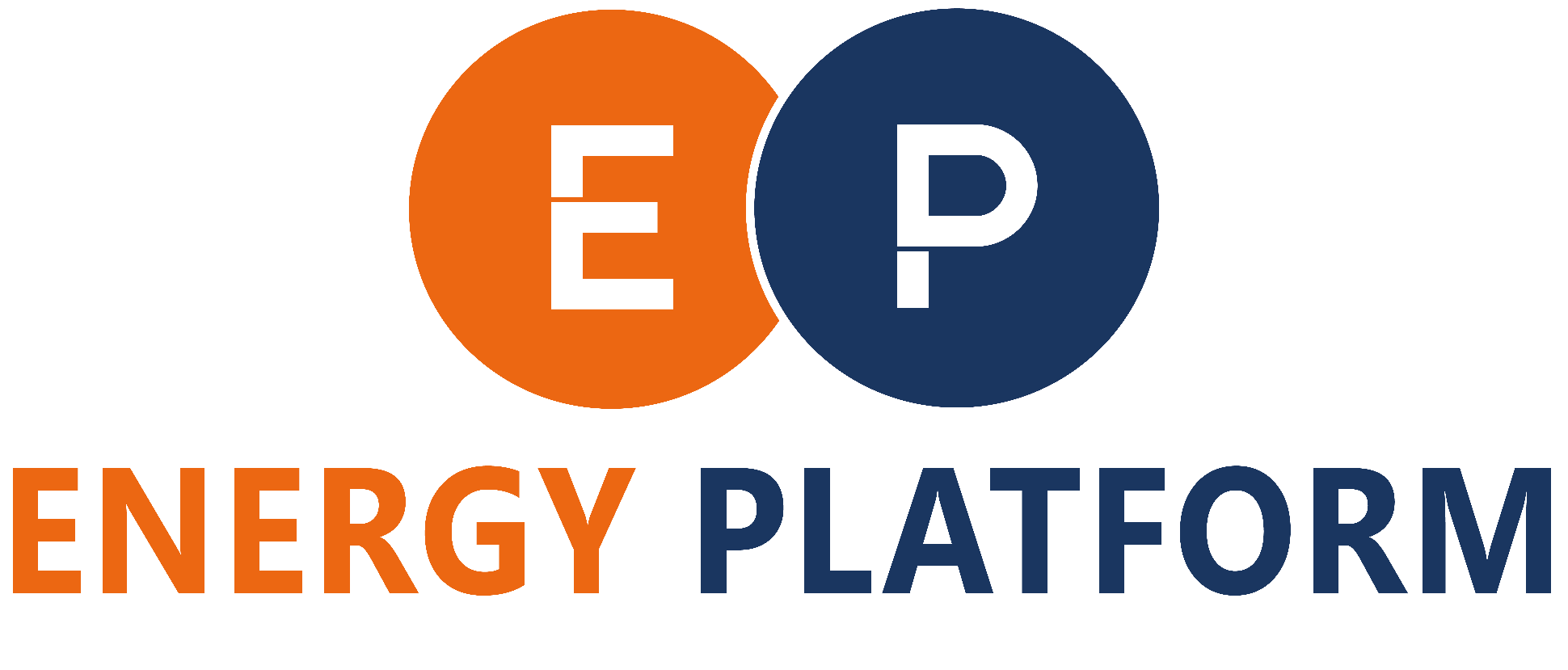Market Overview
The Australian rooftop solar market is expected to record a CAGR of more than 9% during the forecast period 2022-2027. The COVID-19 pandemic increased the risks of delay and cost blowouts associated with project developments in the country during Q1 and Q2 of 2020 due to lockdown restrictions. Factors such as declining costs of solar PV and associated equipment and increasing rooftop solar installations are expected to be major drivers for the market. However, a lack of general awareness, high cost of electricity storage, and competition from alternative clean energy sources are expected to hinder the market’s growth during the forecast period.
· The residential segment is expected to dominate the Australian rooftop solar market during the forecast period.
· Australia is expected to have the highest share of solar power with nearly 40% in the electricity grid by 2050, which is expected to provide opportunities in the Australian solar rooftop market in the future.
· The declining cost of solar PV modules is expected to drive the Australian rooftop solar market during the forecast period.
Key Market Trends
Residential Segment to Dominate the Market
· Australia is one of the leading countries in the solar PV market, driven primarily by household rooftop installations. More than 27.3% of homes are connected to rooftop solar PV, with almost 3 million households enjoying the benefits of rooftop solar across Australia.
· As of December 2020, there were 378,451 rooftop solar installations, which was the highest number of installations in the industry’s history. This resulted in the industry adding 3 GW of new capacity in 2020, beating the previous record of 2.2 GW in 2019.
· In 2020, small-scale solar (systems up to 100 kW) was responsible for 23.5% of Australia’s clean energy generation and produced 6.5% of the country’s total electricity.
· Electricity production from solar PV has zero greenhouse emissions, which in turn, is likely to drive the demand for solar rooftops in the residential segment.
· Around half of the counties have the unused potential for rooftop solar in residential zones. It is estimated that only around one-fifth of all residential buildings have installed a rooftop solar system.
· The eastern states in the country accounted for around 70% of the total installed capacity. Queensland, New South Wales, South Australia, and Western Australia are the leaders in rooftop solar installation. Around 1-in-3 of all houses in South Australia and Queensland have a solar PV installation.
· The number of small-scale solar installations in 2020 was the highest since 2012, as every state saw a significant increase in installations compared to 2019. Queensland’s suburb Bundaberg led the way with 70,843 installations, closely followed by Victorian suburb Hoppers Crossing with 63,274 installations and Western Australian suburb Mandurah with 55,207 installations.
· While most PV installations in Australia are residential, rooftop solar on commercial buildings is at a growth stage. Hence, the residential segment is expected to dominate the market.
Declining Costs of Solar PV Driving the Market Demand
· Declining solar PV costs and the increasing electricity costs in the country are estimated to result in huge demand for the rooftop solar market during the forecast period.
· As per IRENA’s Renewable Power Generation Costs statistics, Australia’s solar PV cost reached USD 1219 per kW in 2020 from USD 7803 per kW in 2010. The declining solar PV installation costs are expected to drive the rooftop solar market during the forecast period.
· 2020 was a record-setting year for solar power in Australia, owing to the falling cost of solar PV. Australia’s solar energy installed capacity was 17.62 GW in 2020, which amounted to more than a 33% rise in installed capacity over the previous year.
· Another cost-effective advantage of solar PV in electricity generation is that the excess electricity produced from solar PV can be directed into the grid, delivering a feed-in payment, or it can be stored in a rechargeable battery for later use.
· The revenues generated or savings that occur in electricity costs by selling PV electricity are almost equal to or higher than the long-term costs incurred during financing and installing a PV system. Thus, the technology is more beneficial for end users on account of cost savings.
· Furthermore, the country offers a solar credit scheme. Under this initiative, every megawatt-hour of qualifying energy generation is eligible for large and small-scale technology certificates (LTCs and STCs). They offer a discount on the cost of installing the solar system. Hence, the declining costs of installing solar PV are likely to drive the market.
Competitive Landscape
The Australian rooftop solar market is moderately fragmented. The key players in the market include Risen Energy Co. Ltd, Trina Solar, Jinko Solar, and Canadian Solar, among others.
Major Players
- Jinko Solar
- Trina Solar
- Risen Energy Co., Ltd.
- Canadian Solar
Recent Developments
· In November 2021, Clean Energy Regulator announced that Australia had 3 million small-scale rooftop photovoltaic (PV) installations. The installed rooftop solar capacity can produce about 18.9 TWh a year, which represents 7% of the total annual power generation in Australia.
· In December 2021, Australia’s largest roof-mounted solar PV system, featuring an incredible 27,000 panels spread across almost 8 hectares of rooftops, was nearing completion, with the massive 10 MWdc system set to commence operations. The 10 MWdc rooftop solar system is spread across the roof of the Australian Panel Products’ (APP) manufacturing facility in the New South Wales (NSW) Central West.

